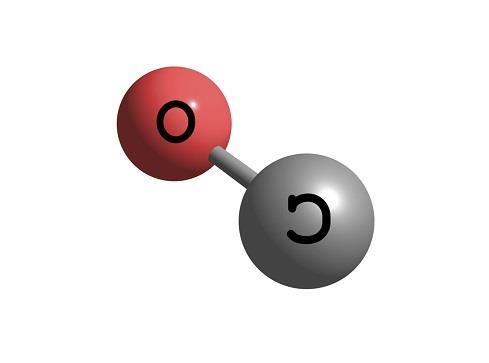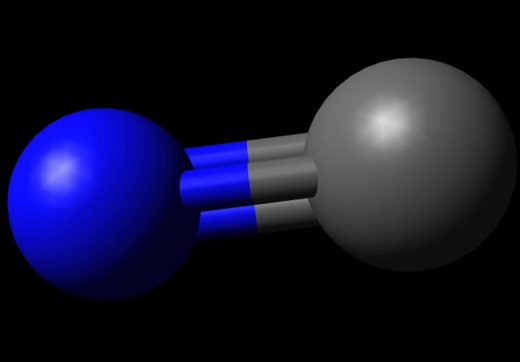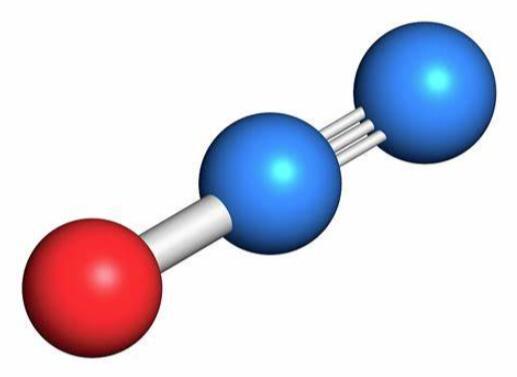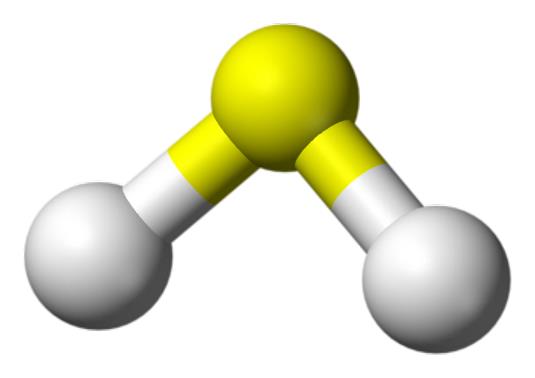Biological functions of Carbon monoxide
Carbon monoxide is the second gasotransmitter that was found to have a physiological role in neurotransmission, cardiovascular regulation, and oxygen sensing.

Structure
Primary structure, structural features, and properties CO is a stable oxide of carbon that is produced when there is partial oxidation of carbon-containing compounds. It is a chemically stable 28Da molecule with carbon and oxygen atoms connected by a triple bond. It is a colorless and odorless gas at temperatures above -190°C, and chemical reduction requires temperatures above 100° C. CO is poorly soluble in water and does not react with water without considerable energy input. As a gas, CO is lipophyllic and freely crosses the lipid bilayer of the plasma membrane, which is important for physiological regulation. CO does not contain free electrons and is a relatively stable neutral molecule; therefore, it is not as chemically reactive as the other gasotransmitters.
Biological functions
Target cells/tissues and functions CO will target all cells as intracellular hemecontaining proteins are ubiquitous in cells. Therefore, a vast array of biological processes could be regulated by CO via multiple pathways and cellular targets such as the cGMP and MAPK signaling pathways, the direct regulation of potassium channels, and themodulation of proteins involved in inflammation, mitochondrial function, and cytoprotection. Accordingly, CO is involved in many physiological functions, including the regulation of the cardiovascular and nervous systems. Phenotype in gene-modified animals HO-1 knockout mice are unlikely to survive, but if they do they exhibit a complex phenotype generally associated with oxidative stress, and have enlarged organs and a shortened life span.HO-1 deficiency in humans is linked to growth retardation and blood disorders, and results in early death.HO-2 knockout mice have abnormal bilirubin levels and an enlarged heart.
Clinical implications and use for diagnosis and treatment
The most reliable indicator of CO exposure is the measurement of COHb in the blood, which is used in both clinical and forensic settings. As the lung is the sole site of CO elimination, then the measurement of CO in the exhaled breath can predict endogenous CO production and indicate dysfunction of the HO/CO system in disease states. For example, patients with diabetes or asthma have elevated levels of CO in the breath.The therapeutic use of CO via CO gas or CORMs is receiving considerable attention for the treatment of cardiovascular disease (e.g., pulmonary hypertension) and inflammation, and in the area of organ transplantation. CO therapy in various pathologies such as cancer and kidney disease is being investigated, including treating the symptoms of COVID-19.
);




